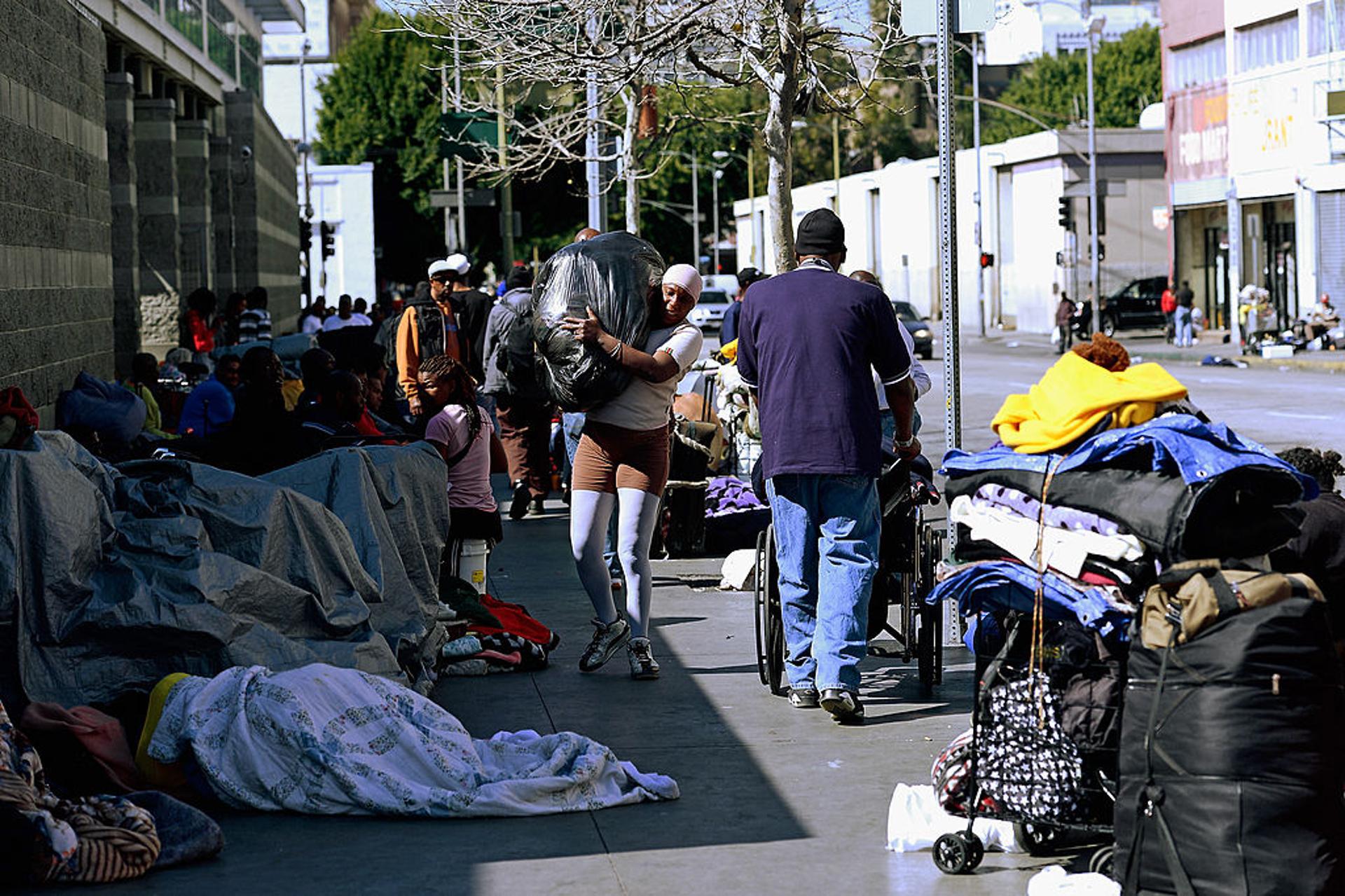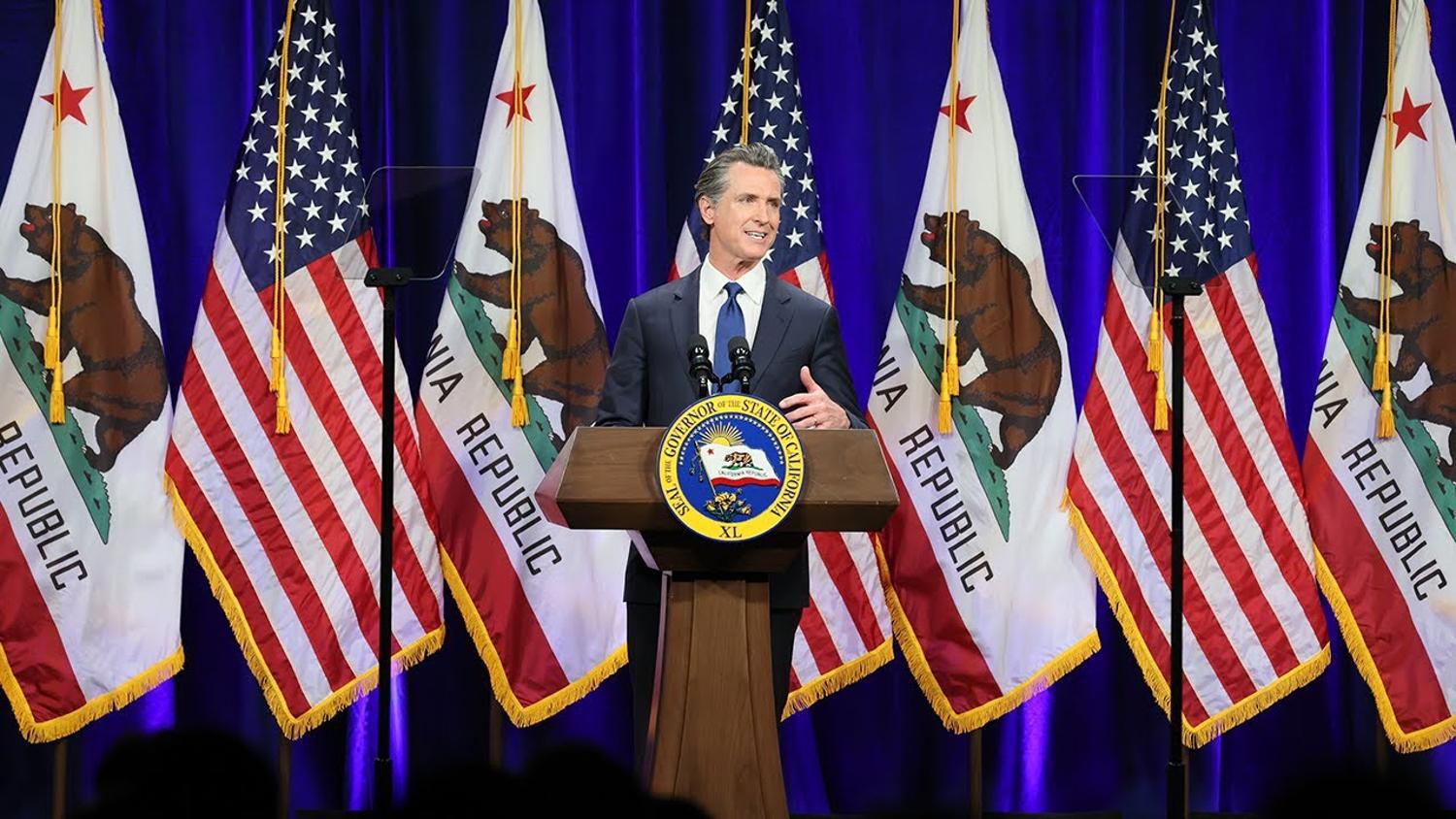California’s new budget plan, announced on June 24, 2024, outlines substantial cuts to various state operations to close a $56 billion revenue gap over the next two years.
Governor Gavin Newsom, alongside Senate President Pro Tem Mike McGuire and Assembly Speaker Robert Rivas, revealed the $297.9 billion spending plan to ensure long-term fiscal stability and preserve essential programs for Californians.
Significant Cuts in State Operations

To address the deficit, the budget plan includes $16 billion in cuts. This includes a 7.95% reduction in funding for nearly all state departments, expected to save about $3.7 billion.
Additionally, the Department of Corrections and Rehabilitation will see an extra $385 million cut, a figure significantly higher than initially proposed.
Impact on Affordable Housing and Health Care

Affordable housing programs will face a $1.1 billion reduction, while healthcare workforce development will see cuts of $746 million.
The budget also slashes $500 million intended for student housing projects. These cuts aim to balance the budget while maintaining essential services for vulnerable populations.
Delay in Health Care Wage Hikes

The budget deal delays minimum wage increases for healthcare workers until at least October, potentially extending into next year.
This decision, despite opposition from labor unions, could save the state hundreds of millions of dollars and help bridge the revenue gap.
Changes to Medi-Cal Funding

Funding for Medi-Cal provider rates will be clawed back as part of the budget agreement.
This move is intended to repurpose funds to address the fiscal shortfall while ensuring that the Medi-Cal program continues to serve low-income Californians effectively.
Educational Funding Adjustments

Initially, there were proposed cuts to school funding, but after negotiations with education groups, about $5.5 billion will be delayed to future years instead.
This compromise helps to protect educational programs and ensure continued support for California’s schools.
Support for Core Programs

Despite the cuts, the budget protects core programs, including the expansion of Medi-Cal to all adults regardless of immigration status.
Funding for behavioral health, welfare grants, and supplemental income for seniors will also be maintained, ensuring continued support for these critical services.
Homelessness and Local Government Support

Local governments will receive an additional $1 billion to address homelessness.
This funding aims to provide resources to tackle one of California’s most pressing social issues, ensuring that vulnerable populations receive the support they need.
Revenue Generation Strategies

To raise nearly $15 billion in new revenue over the next three years, the state will suspend the net operating loss for companies with more than $1 million in taxable income and limit business tax credits to $5 million annually.
These strategies were previously employed during the coronavirus pandemic and are being reinstated to address the current fiscal challenges.
Utilizing the Rainy Day Fund

The state plans to dip into its rainy day fund, pulling out more than $12 billion over the next two years to address the fiscal shortfall.
This measure aims to provide immediate relief while preserving essential programs and services.
Governor Newsom’s Statement

“This agreement sets the state on a path for long-term fiscal stability — addressing the current shortfall and strengthening budget resilience down the road,” said Governor Newsom.
The plan focuses on maintaining essential services while ensuring California’s financial health for the future.
Long-Term Outlook

The California budget deal involves difficult decisions and significant cuts, but it also aims to preserve essential programs and services for Californians.
By implementing strategic revenue generation measures and future financial safeguards, the state seeks to navigate the current fiscal challenges while ensuring long-term stability.








































